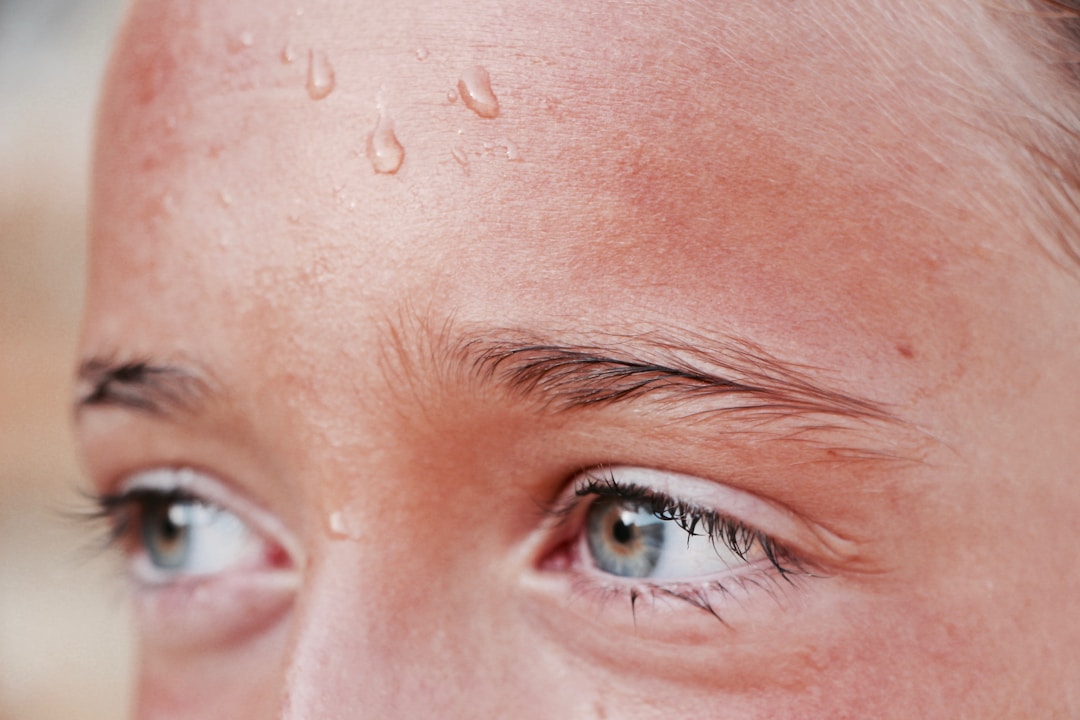How Much Does the Indoor Temperature Impact You?
For over a century, people have used electronic devices to change the temperature indoors. People could create a higher temperature using radiators and electric heaters in the 1800s. By the end of the century, fans and ceiling fans had also been patented.
Today, one of the best ways to instigate temperature change indoors is with a heating, ventilation, and air conditioning (HVAC) system. Older homes may have furnaces and window air conditioning (AC) units. As of 2015, only 12.5 percent of homes in the United States had no form of AC. Many people see the ability to initiate a temperature increase or decrease as a convenience, but your indoor temperature can affect your home, health, and activity level.
Your home’s temperature affects its structure.

Internal temperatures can significantly impact your home and other buildings. Materials respond to different temperatures. Some materials become rigid and brittle when exposed to cold, while warmer temperatures cause some materials to lose rigidity.
Exposure to freezing temperatures can cause significant damage. Water freezes and expands, which causes pipes to burst. Water damage can affect your home’s structural integrity and cause mold growth. Mold growth is a serious health issue, particularly if you have a sensitive immune system or preexisting health conditions, such as asthma. Exposure to household mold can trigger a mold allergy and cause respiratory problems, headaches, fatigue, and dizziness.
Plumbers use thermal cameras to detect subtle temperature differences in your home. When pipes leak, moisture builds up around the leak and affects the temperature in that area. The thermal cameras can detect subtle temperature differences and pinpoint the leaks’ location without damaging the drywall and performing a physical inspection.
Your home’s temperature affects your health.

The potential for mold growth is just one of the ways that your household temperature can affect your health. Extreme heat can cause serious health issues for older people, including heat exhaustion and heatstroke. Symptoms of heat exhaustion include headaches, fatigue, and vomiting. Symptoms of heatstroke include confusion, shortness of breath, seizures, and loss of consciousness. According to the Centers for Disease Control and Prevention (CDC), more than 600 people in the United States die from a heat-related illness each year. Pregnant women also have a higher risk of developing heat-related illnesses because their body temperature is slightly elevated during pregnancy.
Cold temperatures can also cause serious health issues. Prolonged exposure to the cold can lead to frostbite and hypothermia. Symptoms of hypothermia include confusion, frequent urination, and fatigue. You’re also more likely to have a heart attack when you’re exposed to cold weather because your heart has to work harder to keep your body warm.
Although cold temperatures can kill some viruses, influenza thrives in cold temperatures. This is why the winter months are known as flu season. Influenza symptoms include headaches, fever, congestion, and fatigue. Getting a dose of the flu shot is one of the best ways to prevent yourself from getting the flu. According to the CDC, more than 38 million Americans had the flu during the 2019-2020 flu season. The flu claimed 22,000 lives that same year. Although a study by the National Institution for Occupational Safety and Health (NIOSH) suggests maintaining average humidity indoors may help prevent the flu from spreading, it’s a good idea to take the time to learn everything you need to know about flu shots. This will ensure you take appropriate steps to protect your health each winter. You can increase the humidity in your home with a humidifier.
Your home’s temperature can affect your activity level.

If your home is too warm, you increase your risk of developing heat-related illnesses when you exercise. Exercising increases your core body temperature and causes you to sweat. Your body temperature can also increase due to high ambient temperatures. Consequently, you may become overheated and dehydrated if you work out in hot temperatures, leading to heat exhaustion and heatstroke.
Exercising in cold temperatures is also dangerous. Cold temperatures cause you to lose body heat. If your body’s unable to maintain a healthy temperature, you could suffer from hypothermia. When you’re planning to exercise indoors, the important thing to remember is that the World Health Organization defines a healthy ambient temperature as between 64–75 °F. Maintaining indoor temperatures in this range should enable you to exercise safely.
The temperature of your home can significantly impact your house, health, and activity levels. Extreme temperatures can cause property damage, which could cause mold growth and health issues. Your home’s humidity levels and temperature can also increase your risks of suffering a heart attack or getting the flu. It may also be unsafe to exercise if your home is too hot or cold.
